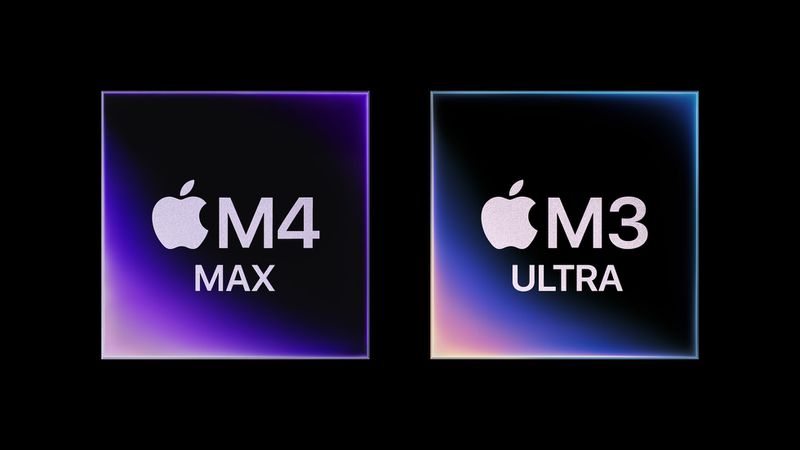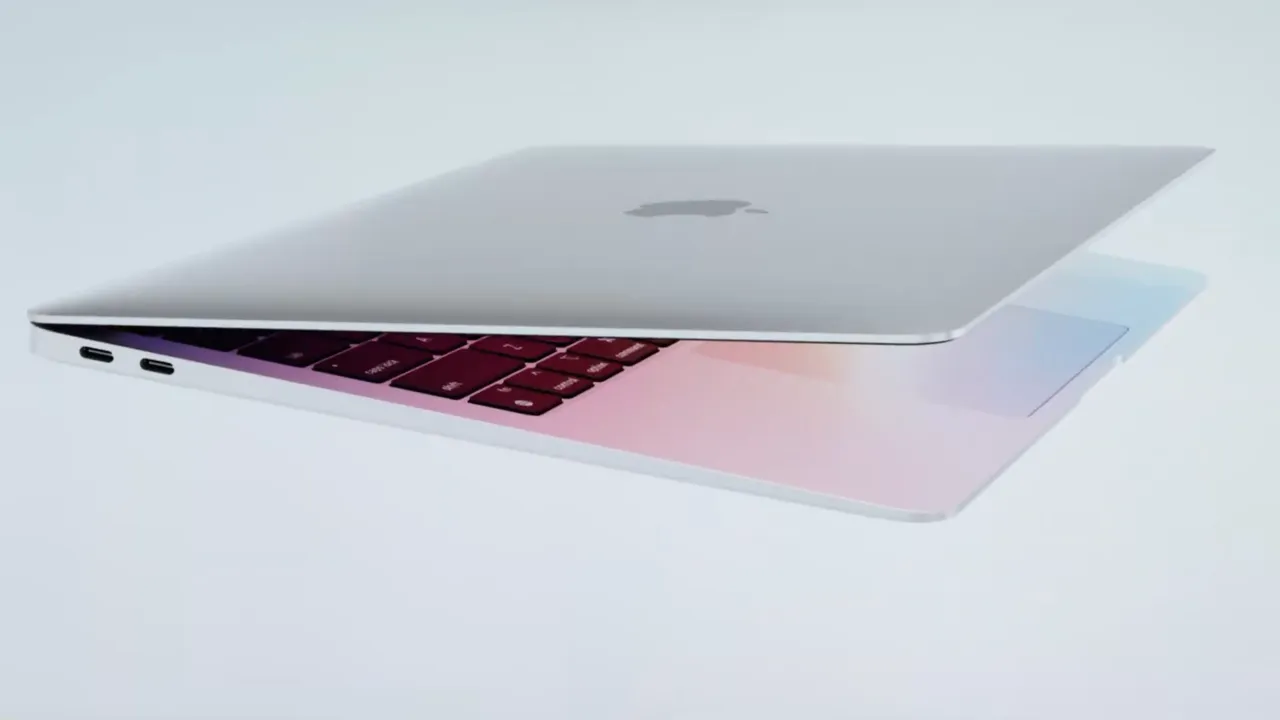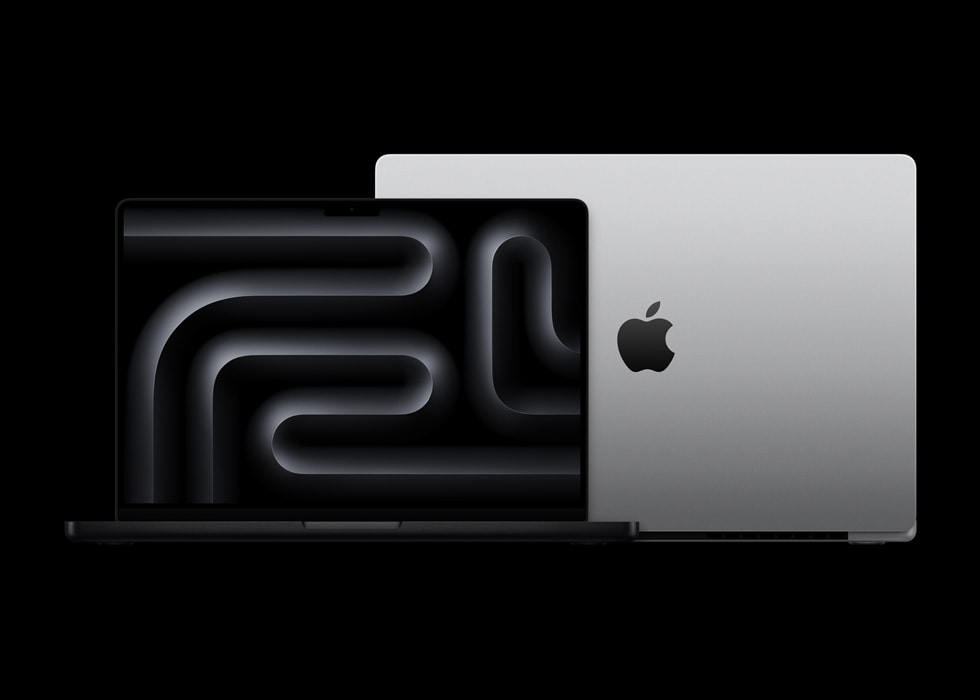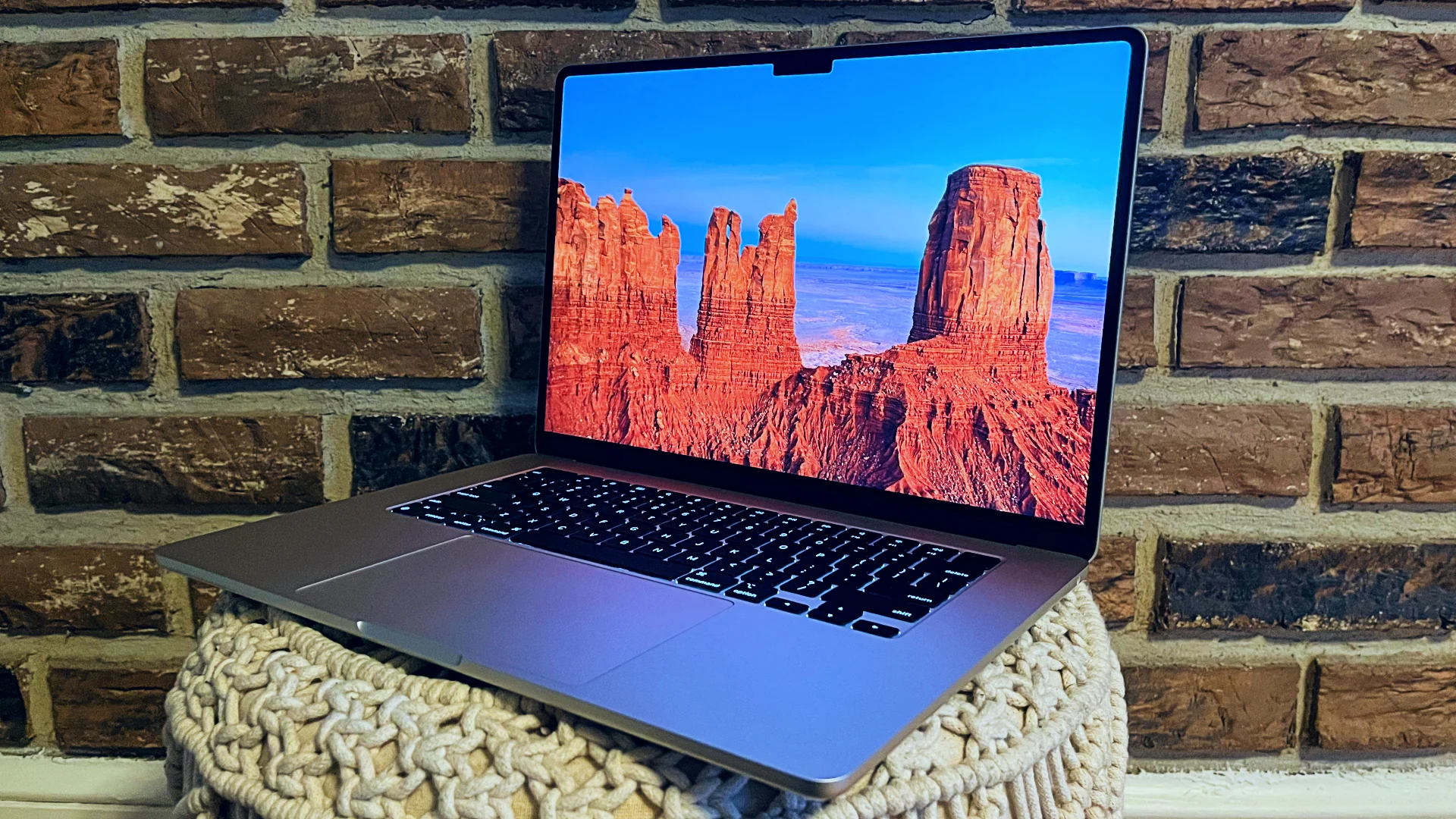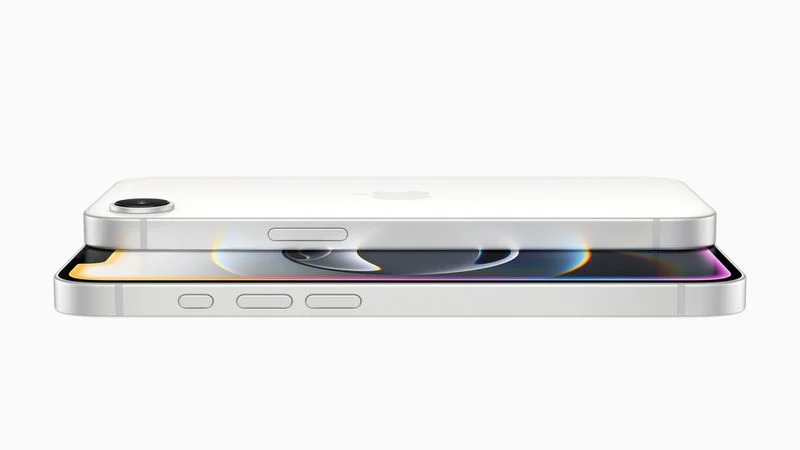The first supposed test score for Apple’s new M3 Ultra chip popped up in the Geekbench 6 database tonight. This gives us a peek at how it stacks up against other chips. You can find this powerful chip in the new Mac Studio, which Apple unveiled earlier this week.
M4 Max vs. M3 Ultra
Apple called the M3 Ultra its “most powerful chip ever,” and this early test seems to back that up. The 32-core M3 Ultra scored 27,749 in multi-core CPU performance. That’s about 8% quicker than the 16-core M4 Max, which used to be the speed champ. The test also shows that the M3 Ultra is up to 30% faster than the 24-core M2 Ultra.
On the flip side, the M4 Max beats the M3 Ultra by nearly 20% in single-core CPU performance, which isn’t a big surprise. We’re waiting for more test results to see if these numbers hold. They seem a bit low compared to what people expected. For instance, Apple claimed the M3 Ultra could be up to 1.5 times faster than the M2 Ultra.
That 30% boost we saw should probably be closer to 50%. Apple didn’t say much about how the M3 Ultra compares to the M4 Max, though. Real-life speed can differ from these tests, but tools like Geekbench 6 give us a solid starting point to compare chips. Keep an eye out—more Geekbench 6 scores for the M3 Ultra might show up soon, and we wouldn’t be shocked if they turn out higher than this first result.
